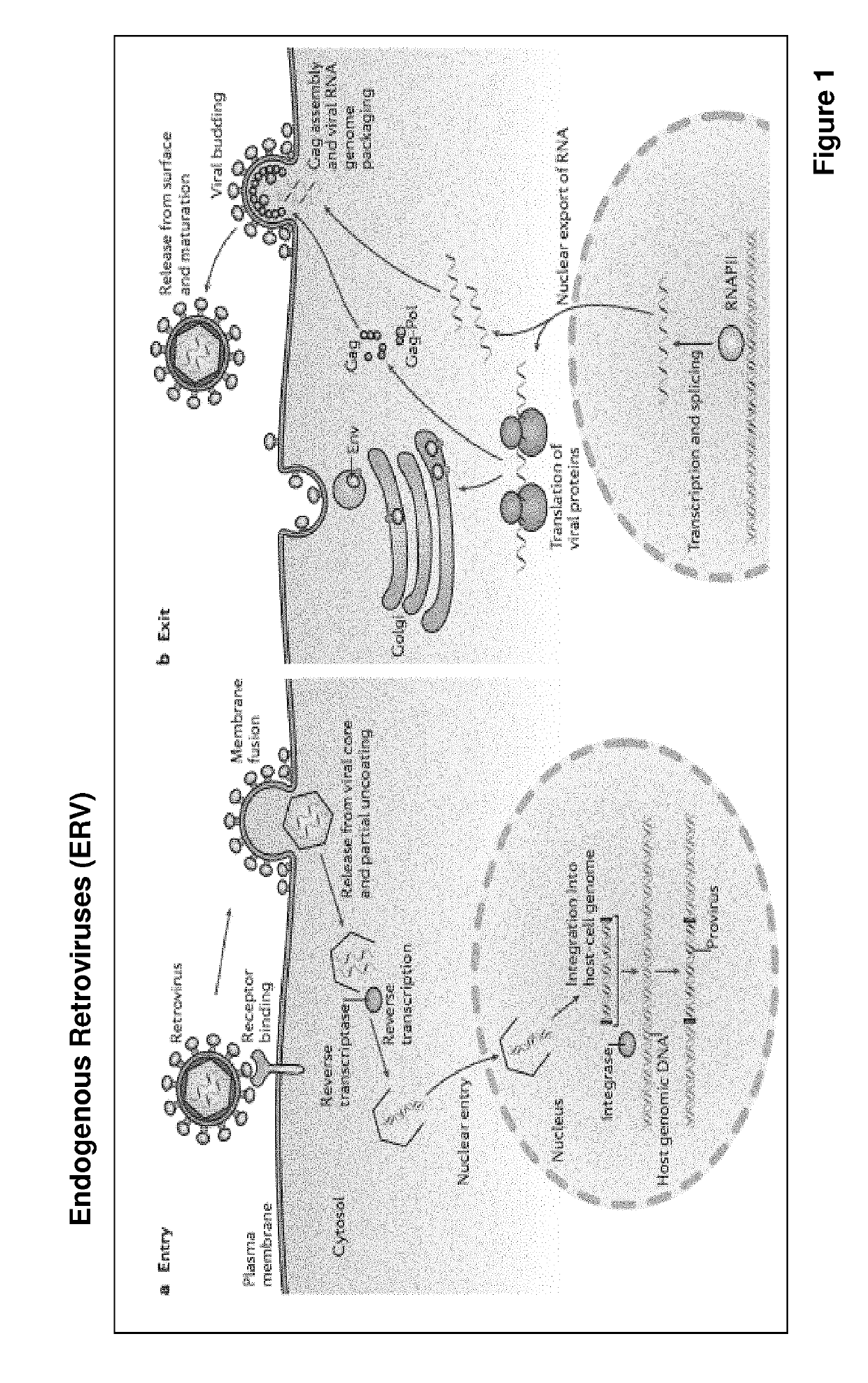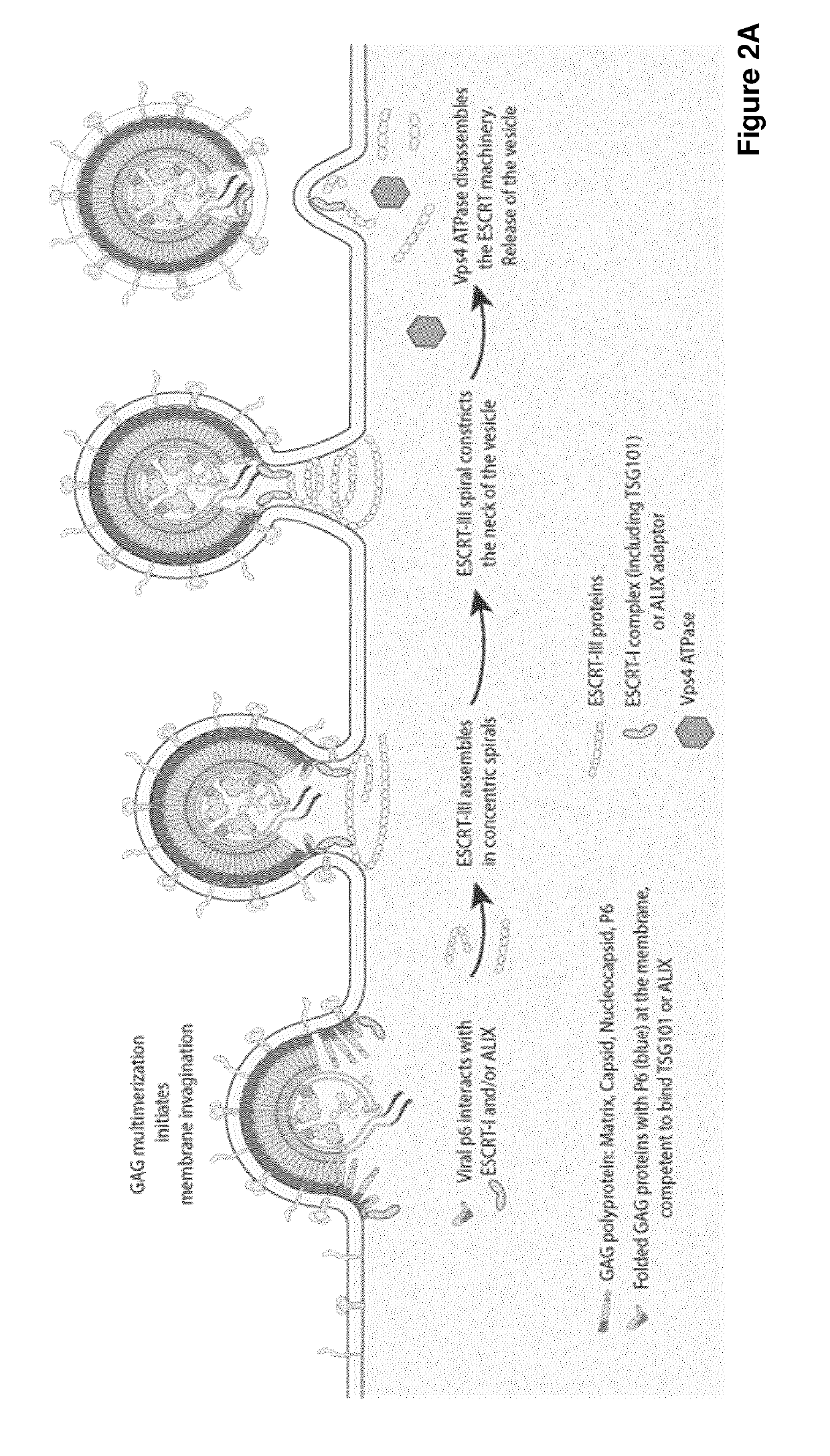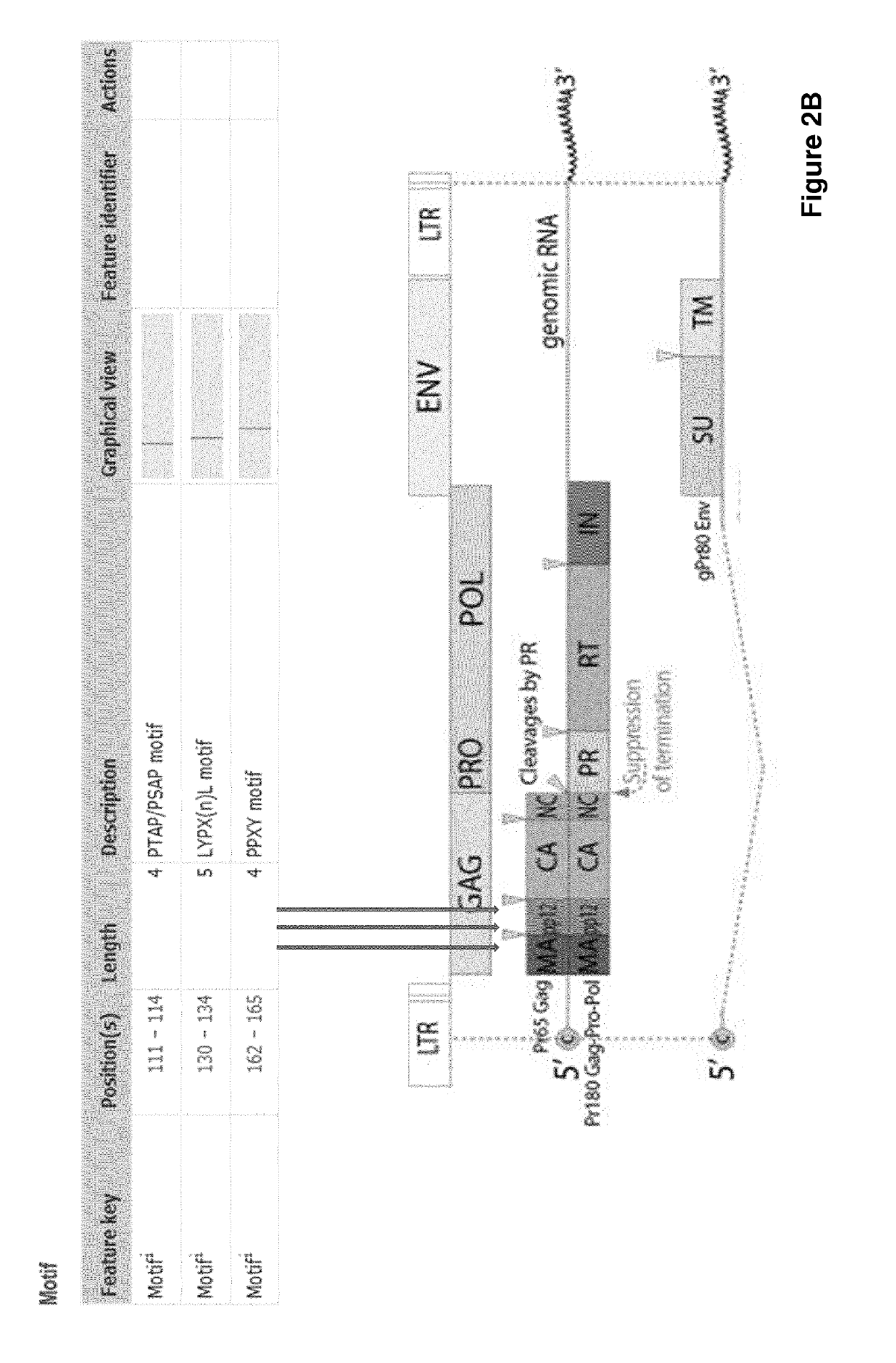Improved eukaryotic cells for protein manufacturing and methods of making them
a technology of protein manufacturing and eukaryotic cells, which is applied in the field of improved eukaryotic cells for protein manufacturing and methods of making them, can solve the problems of insufficient analysis and bioinformatics tools required for the complete assembly of the genome of the various cho cell sublines and the inability to analyze and interpret the genome sequence, and the inability to develop highly efficient clonal cell lines for culture in bioreactors. the effect of recombined, mu
- Summary
- Abstract
- Description
- Claims
- Application Information
AI Technical Summary
Benefits of technology
Problems solved by technology
Method used
Image
Examples
Embodiment Construction
[0084]A cell, preferably a mammalian cell / eukaryotic cell, that according to the present invention is engineered to produce an engineered cell is capable of being maintained under cell culture conditions. Standard cell culture conditions are from 30 to 40° C., preferably at or at about 37° C., for instance in fully synthetic culture medium as used in the production of recombinant proteins. Non-limiting examples of this type of cell are non-primate eukaryotic cells such as Chinese hamster ovary (CHOs) cells including the CHO-K1 (ATCC CCL 61) cells and SURE CHO-M cells (derivative of CHO-K1), and baby hamster kidney cells (BHK, ATCC CCL 10). Primate eukaryotic host cells include, e.g., human cervical carcinoma cells (HELA, ATCC CCL 2) and 293 [ATCC CRL 1573] as well as 3T3 [ATCC CCL 163] and monkey kidney CV1 line [ATCC CCL 70], also transformed with SV40 (COS-7, ATCC CRL-1587). The term engineered signifies a cell that has been altered, e.g., by transfection with, e.g., a transgenic ...
PUM
| Property | Measurement | Unit |
|---|---|---|
| Fraction | aaaaa | aaaaa |
| Fraction | aaaaa | aaaaa |
| Fraction | aaaaa | aaaaa |
Abstract
Description
Claims
Application Information
 Login to View More
Login to View More - R&D
- Intellectual Property
- Life Sciences
- Materials
- Tech Scout
- Unparalleled Data Quality
- Higher Quality Content
- 60% Fewer Hallucinations
Browse by: Latest US Patents, China's latest patents, Technical Efficacy Thesaurus, Application Domain, Technology Topic, Popular Technical Reports.
© 2025 PatSnap. All rights reserved.Legal|Privacy policy|Modern Slavery Act Transparency Statement|Sitemap|About US| Contact US: help@patsnap.com



